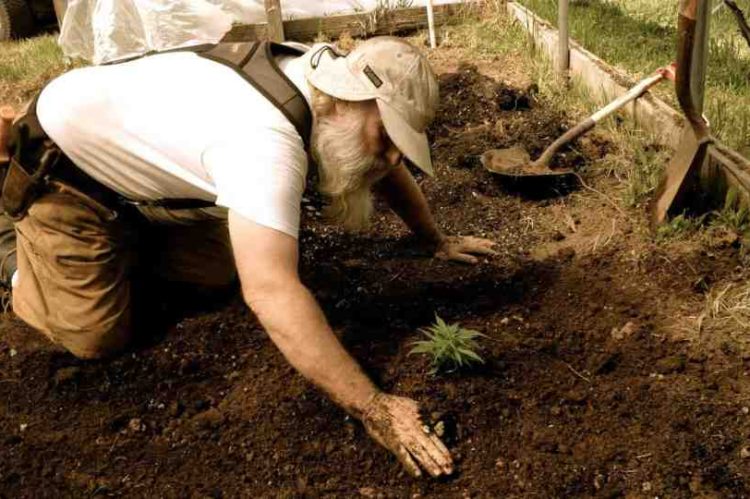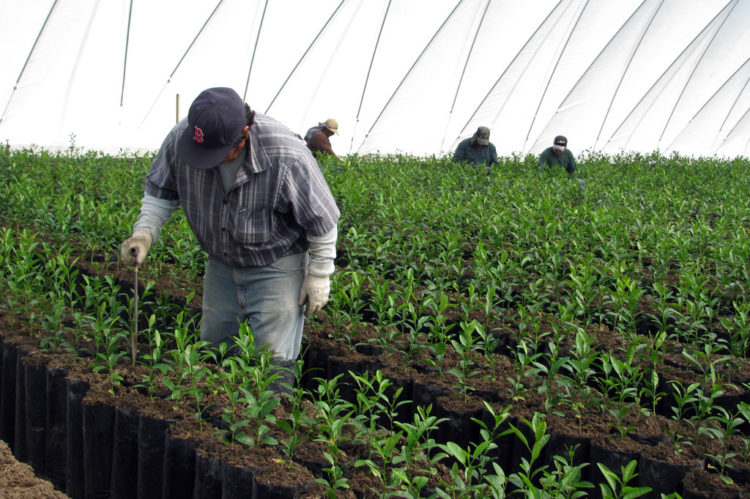 SOLANA BEACH, CA – The March/April edition of Highway California Magazine published by Skunk Magazine, features Tom “Farmer Tom” Lauerman explaining Airstream greenhouse technology.
SOLANA BEACH, CA – The March/April edition of Highway California Magazine published by Skunk Magazine, features Tom “Farmer Tom” Lauerman explaining Airstream greenhouse technology.
Read it online here:
https://view.publitas.com/the-highway-media/the-highway-california-issue-2-mar-apr-2017/page/28-29
————————————————————–
“With organics and sustainability being my top priorities for any agriculture endeavor, the Airstream Innovations’ growing technology is a no-brainer when it comes to my choice for a greenhouse.
If you’re a grower and want to do it right, I’d go with an Airstream!”
Visit Farmer Tom Lauerman: www.farmertomorganics.com



